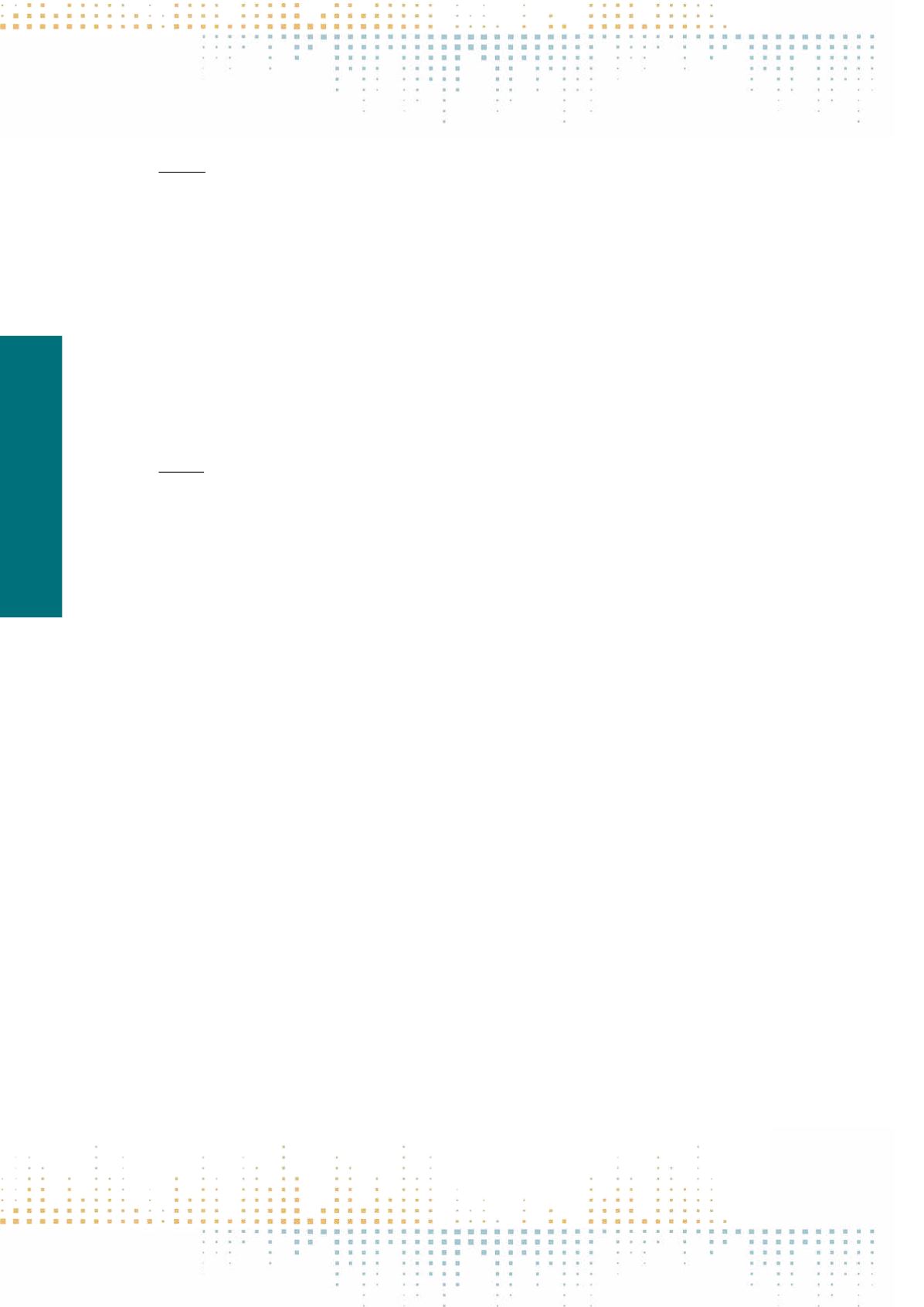

548
Saturday, November 12
1 1 : 0 0 – 1 2 : 3 0
PP 595
Corruption in the Press Coverage. Audience Segmentation and the Lack of Shared Indignation
P. Mancini
1
, M. Mazzoni
1
, R. Marchetti
1
, G. Barbieri
1
1
Università di Perugia, Dipartimento di Scienze Politiche, Perugia, Italy
In our paper, deriving from a much larger EU funded project, we focus on how corruption is reported in both well established democracies and in transitional
democracies (UK, France, Italy, Hungary, Slovakia, Latvia, Romania) in the period 2004–2013. Four newspapers in each country have been selected, and
more than 215 thousands news articles on corruption have been analyzed through computer-assisted content analysis. In this paper we present, first,
general data on the amount of coverage, its evolution over time and then we focus more in depth on the cases of Italy, UK and France. Through a dedicated
software (T-Lab) we have investigated the most frequent words associations. Then a human assisted content analysis has allowed to deepen the findings
of the initial exploratory study. Results show how in Italy the representation of corruption focuses on politics, and especially on few dramatized national
cases. British newspapers talk of corruption mostly in relation to foreign countries and sport. Sport, together with politics and corruption abroad is also very
present in the French coverage. The last part of the paper deals with the issue of audience segmentation: the observed newspapers propose a very different
representation of corruption that appears to be linked to their specific readerships: political segmentation prevails in Italy and Romania while in UK clear
differences emerge between elite and tabloid newspapers and between competing media conglomerates. These different types of segmentation may pre‑
vent the construction of a shared sentiment of indignation in face of corruptive practices mostly in countries featured by high level of political parallelism
and in transitional democracies.
PP 596
Understanding the Appeal of Facebook as a Source for Political Information: An Application of the Niche Theory
S. Schäfer
1
, M. Sülflow
2
, P. Müller
2
1
Johannes Gutenberg University Mainz, Department of Communication, Mainz, Germany
2
Johannes Gutenberg University Mainz, Mainz, Germany
Facebook is becoming increasingly important as a source for political information. 63% of the Facebook members say that they get in touch with news when
visiting their profile (Mitchel & Page, 2015). While many studies have investigated the gratifications which drive the overall use of Facebook (Orchard, Full‑
wood, Galbraith, & Morris, 2014; Papacharissi & Mendelson, 2011; Raacke & Bonds-Raacke, 2008), it has been neglected which specific benefits Facebook
members obtain from Facebook as a source for political news (RQ1). As a result, almost nothing is known about how Facebook is judged in comparison to
other news outlets. To understand Facebook`s position in the news repertoire of its users (RQ2), we suggest to apply the theory of the niche (Dimmick,
1993). The niche concept consists of three dimensions: niche breadth (NB), niche overlap (NO) and competitive superiority (CS). These values help to de‑
termine how Facebook coexists and competes with traditional news sources. To address these research questions, we conducted an online survey among
Facebook members (N = 422; age: M = 23.52, SD = 8.25; 61% female; 89% high school diploma). The questionnaire included 10 items which related to
the gratification dimensions„information“,„orientation“,„entertainment“,„social utility“ and„passing time“ (Zhang & Zhang, 2013, Kaye & Johnson, 2002,
five-point scale ranging from 1 = totally agree to 5 = totally disagree). Participants were asked to indicate whether they obtained these gratifications
from Facebook news content as well as from TV news and newspapers. Results reveal that for Facebook news content,„passing time“ (M=2.97, SD=1.29)
is the most important gratification obtained, followed by„entertainment“ (M=2.92, SD=1.05),„orientation“ (M=2.77, SD=0.78)„social utility“ (M=2.36,
SD=1.01) and „information“ (M=1.96, SD=0.86). For comparing Facebook news with TV news and newspapers, we calculated niche values relying on
the formulae introduced by Dimmick (1993). Results indicate that Facebook´s niche is much narrower compared to TV and newspapers (NBFB=0.40,
SD=0.19; NBTV=0.54, SD=0.17; NBNP=0.51, SD=0.20; values ranging from 0 to 1). This means that TV and newspapers fulfill a broader range of gratifi‑
cations whereas Facebook news serve a more specific function. Moreover, TV and newspapers have the highest niche overlap (NO=1.00, SD=0.52; values
ranging from 0 to 4), while Facebook has a comparatively low overlap with newspapers (NO=1.54, SD=0.64) and TV (NO=1.50, SD=0.82). More specifi‑
cally, Facebook news are significantly superior concerning„passing time“ (compared to TV and newspaper) and„entertainment“ (compared to newspaper).
For “orientation”, “information”, and “social utility”TV and newspapers turn out to be superior. These results indicate that users judge Facebook’s value as
a news source as limited. While traditional news media seem to serve as important sources to gain knowledge and orientation, news posts on Facebook are
seen as entertaining„fillers“ to kill time. Facebook does not seem to be able to substitute traditional news media for many users but rather complements
a traditional news repertoire. However, since Facebook news have a niche of their own, they offer the possibility to get people in touch with political infor‑
mation where other news sources cannot reach them.



















